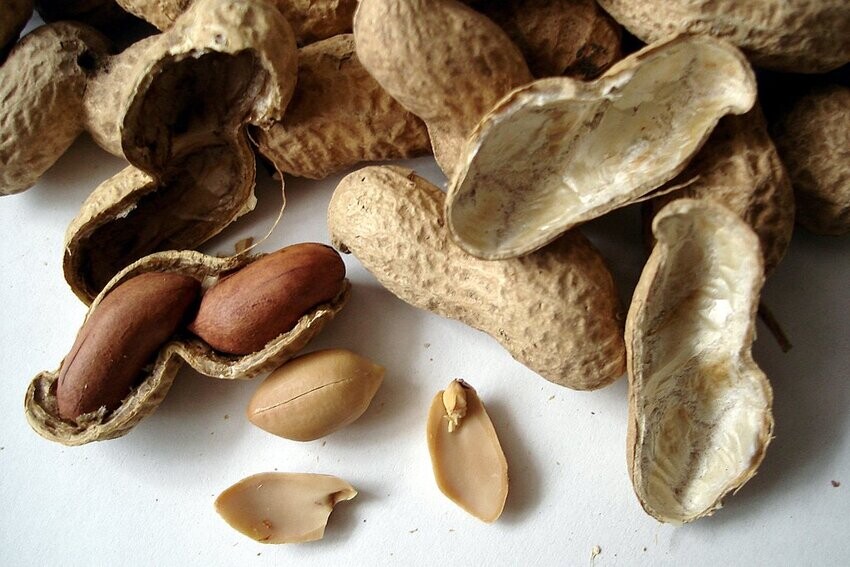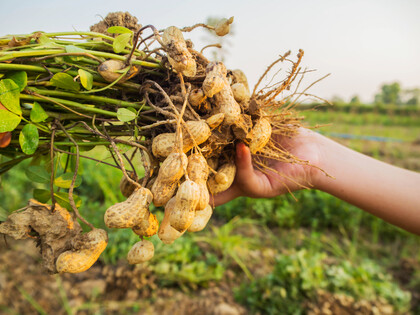


Peanuts (Ground Nuts)
Despite the name, peanuts are not actually a nut – they are a legume.
They are commonly described as a groundnut, to help differentiate it from tree nuts, and as they have a fast growth cycle, they are a very popular, cheap Protein source worldwide.
FORMATS
- Whole Natural
- Whole Blanched
- Split Blanched
- Slivered
- Flaked
- Nibbed
- Ground
OTHER POINTS TO NOTE
Both pasteurised and unpasteurised nuts are available. However, it should be noted that the blanching process involves soaking in 96°C water so soften the skins prior to removal; this high heat is also a very efficient way of killing off harmful bacteria.
There is some debate as to the value of pasteurising almonds, and the high-quality production methods of the growers means that food safety standards are very high.
COUNTRIES OF ORGIN
- USA
- Argentina
- China
- Egypt, India and Africa are also volume producers
HARVESTED
- May and June in South America
- September and October in US
- November and December in China
VARIETIES
The most prevalent variety of peanut is Runner, as types of this varietal give good yields and produce a consistently sized nut.
Virginia peanuts are mainly used for luxury snacking due to their large size.
Hsuji peanuts have a consistent kernel size and shape, although they also have a small ‘hole’ in the middle of the kernel, which some say can reduce shelf life.
Peanuts are graded by size, with 40-50 kernels per ounce being the average size, while jumbo would be around 24-30 kernels per ounce.
Macronutrients
- Source of protein
- Low in salt
- High in fibre
- High in monounsaturated fats
Vitamins & Minerals
- High in Vitamin E, Folic acid, Niacin and Thiamine
- High in Potassium, Phosphorus, Magnesium, Copper and Zinc.
- Source of Iron
